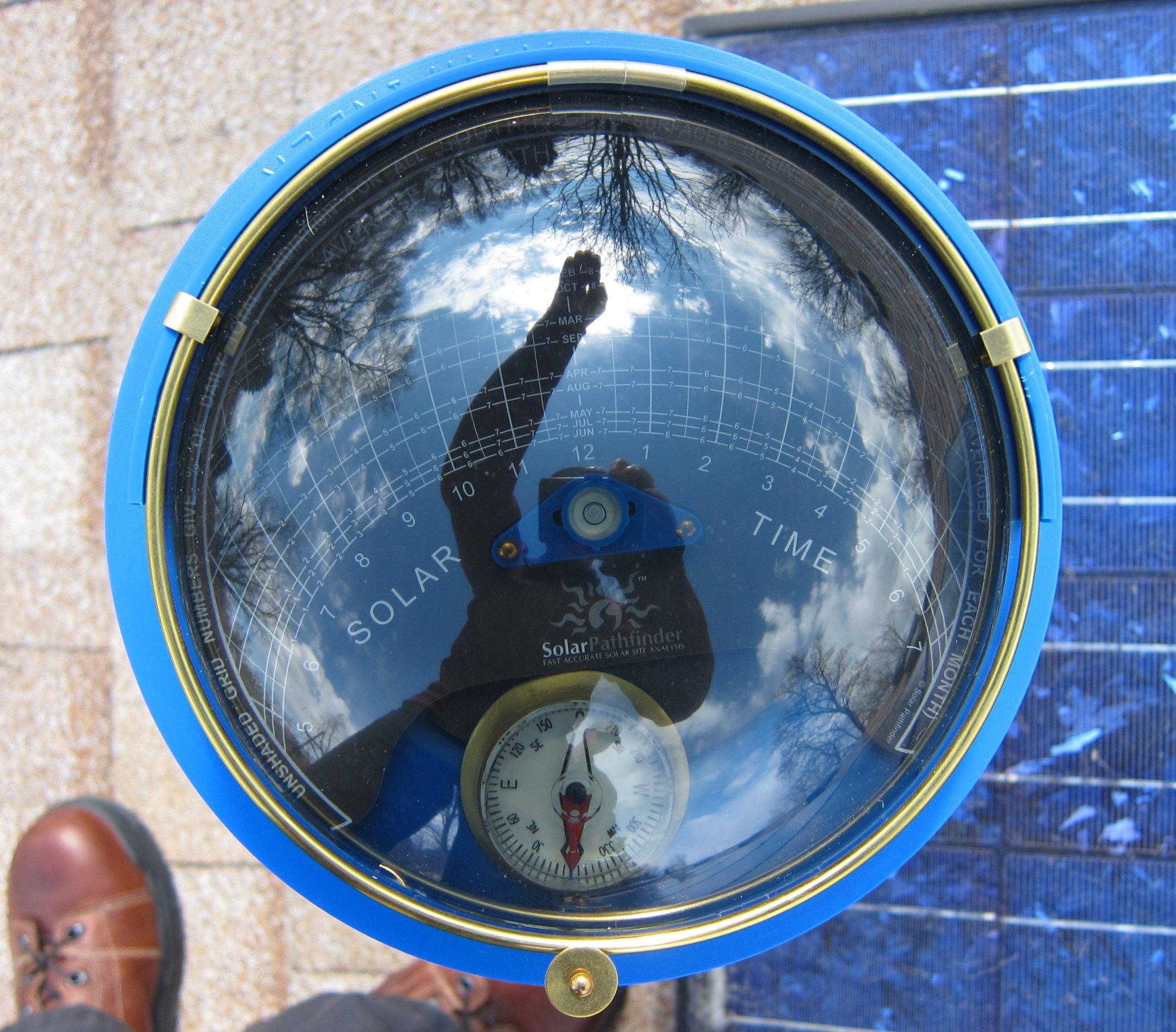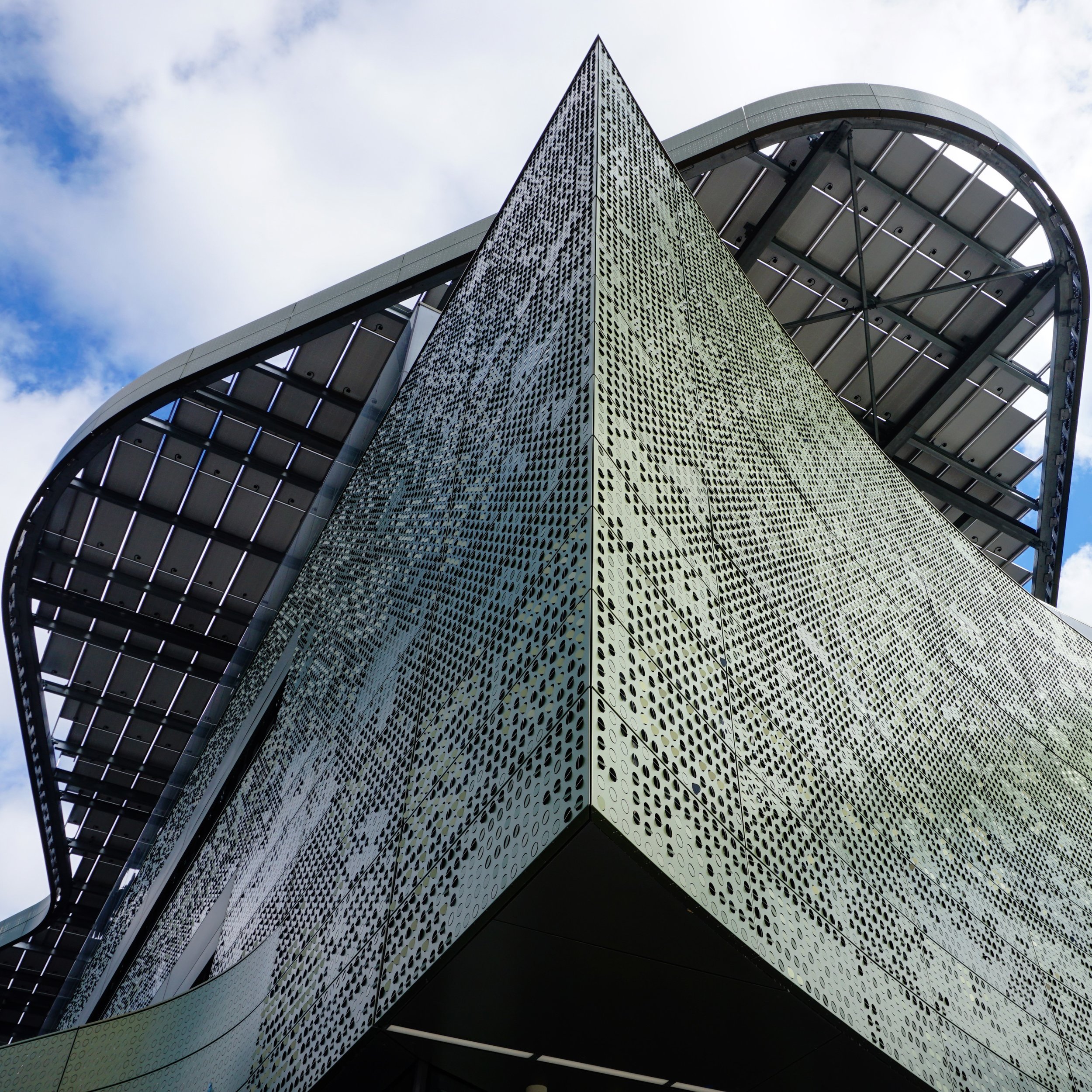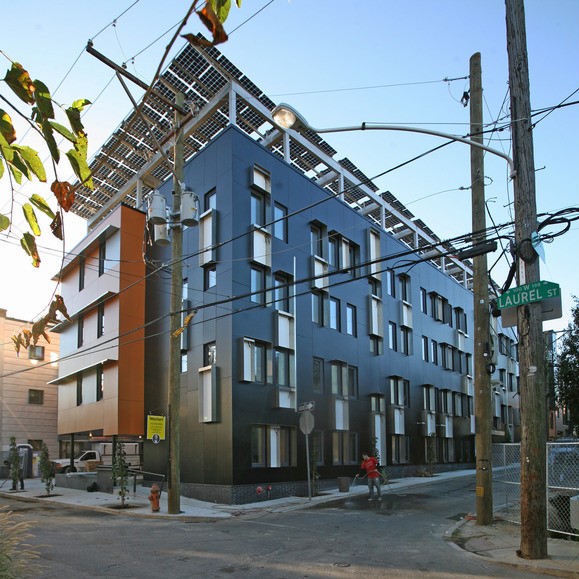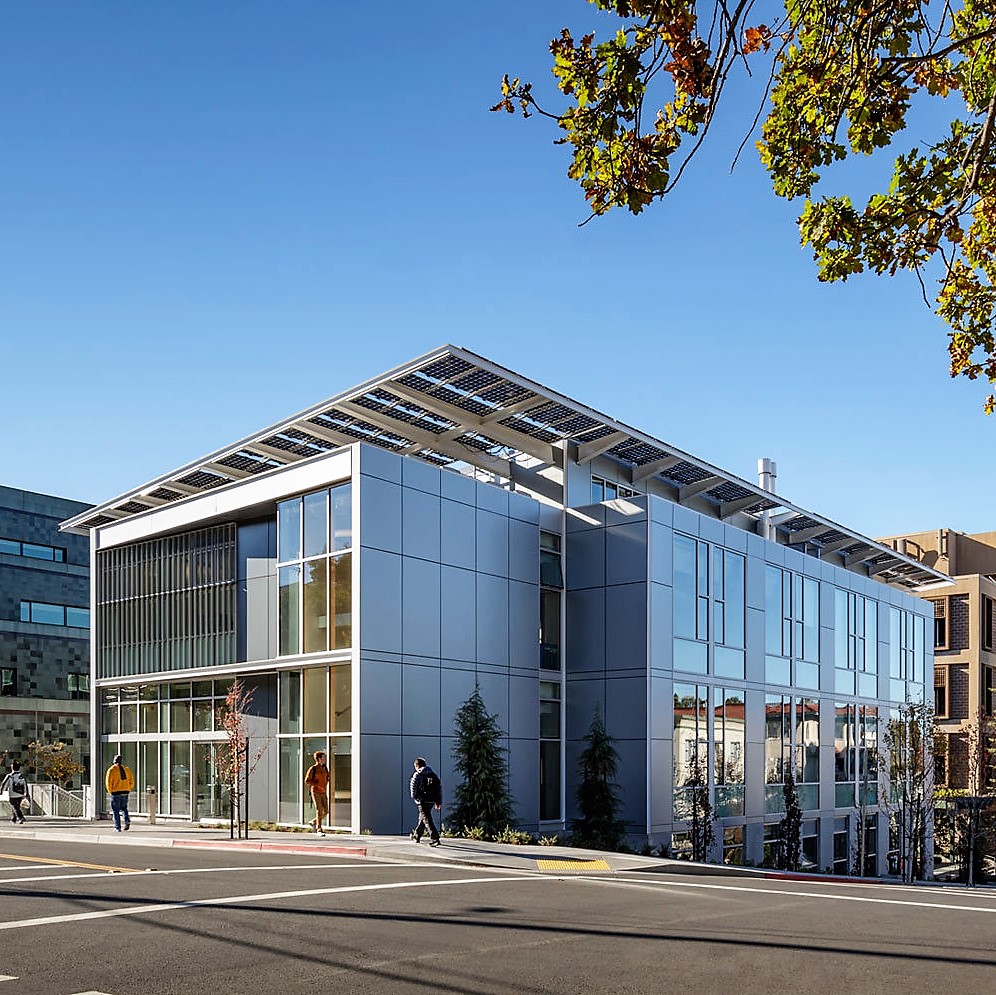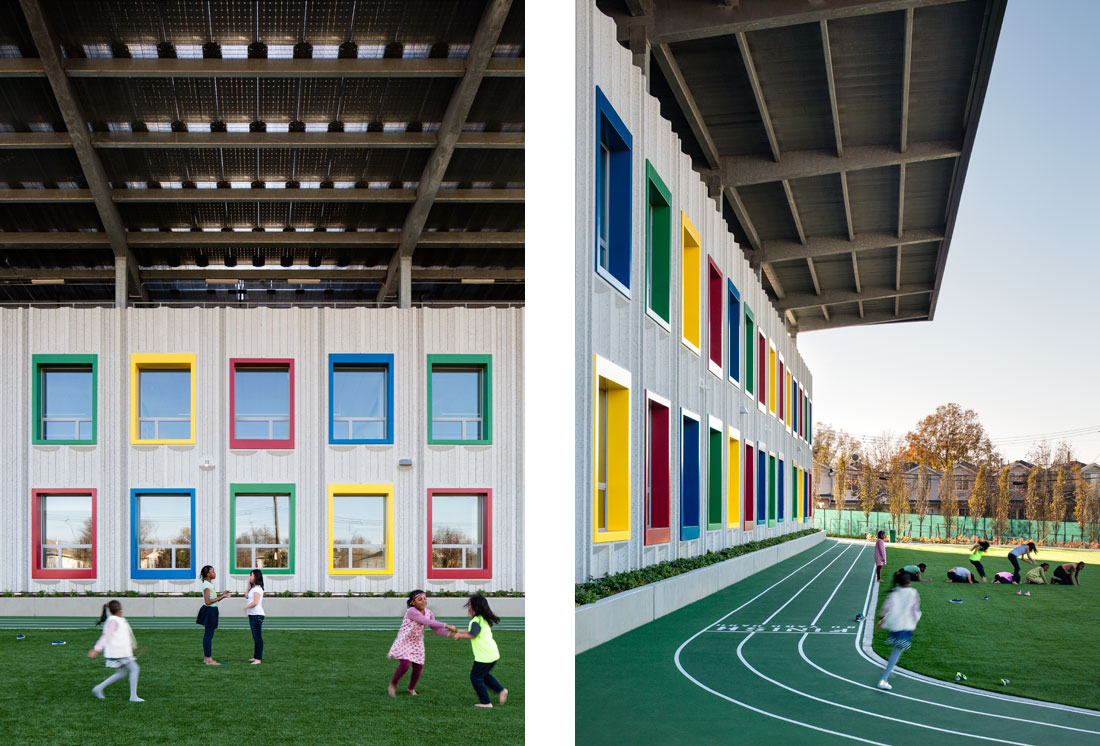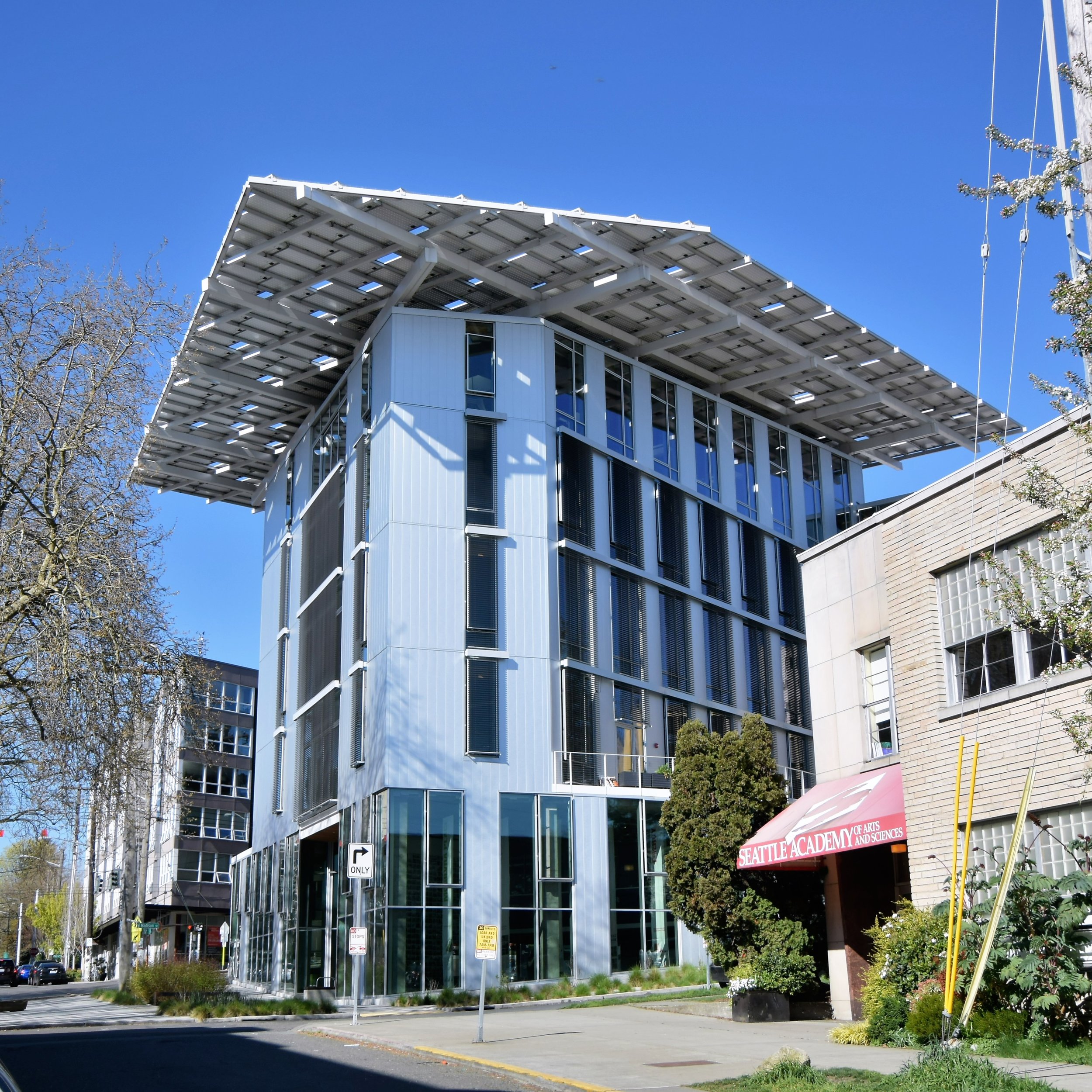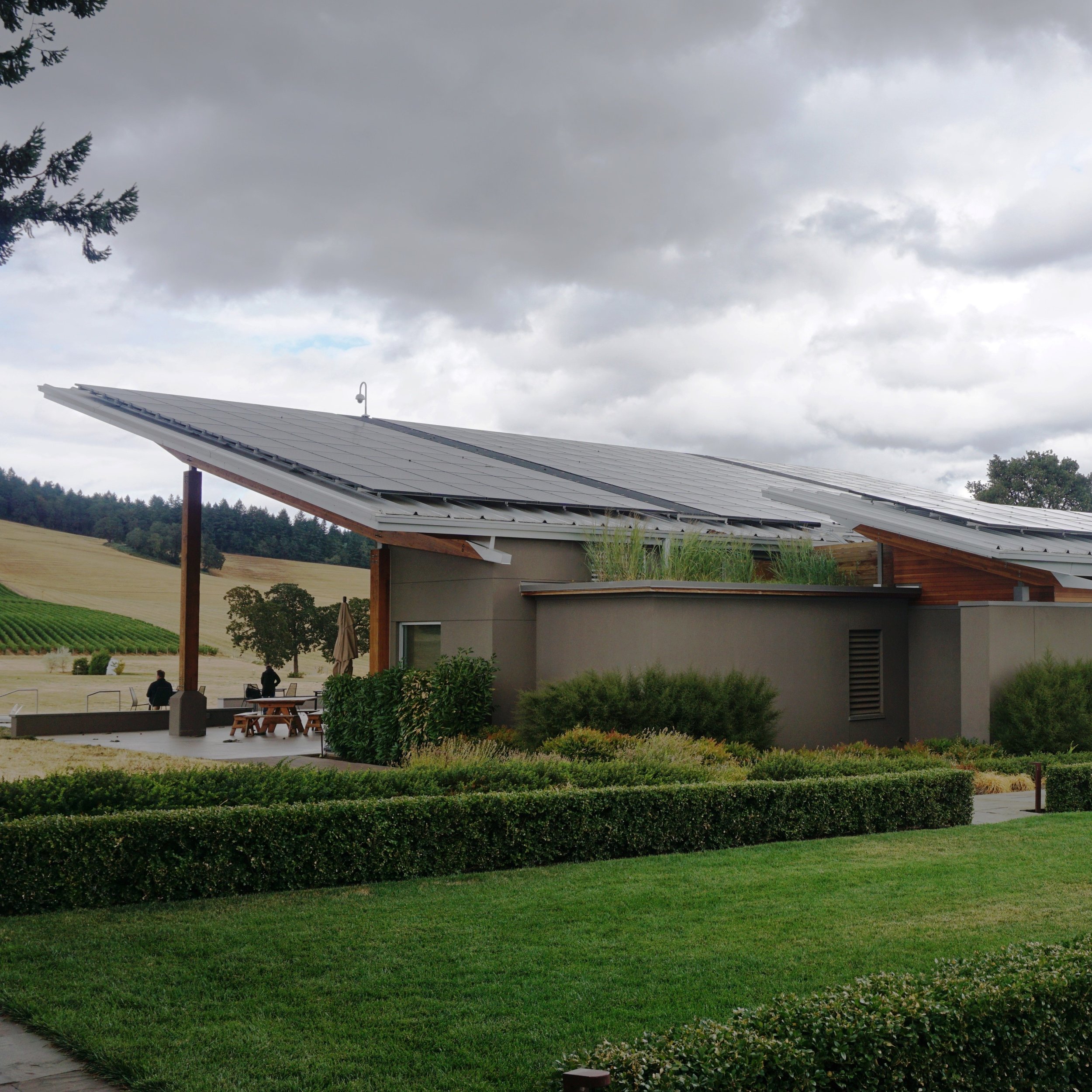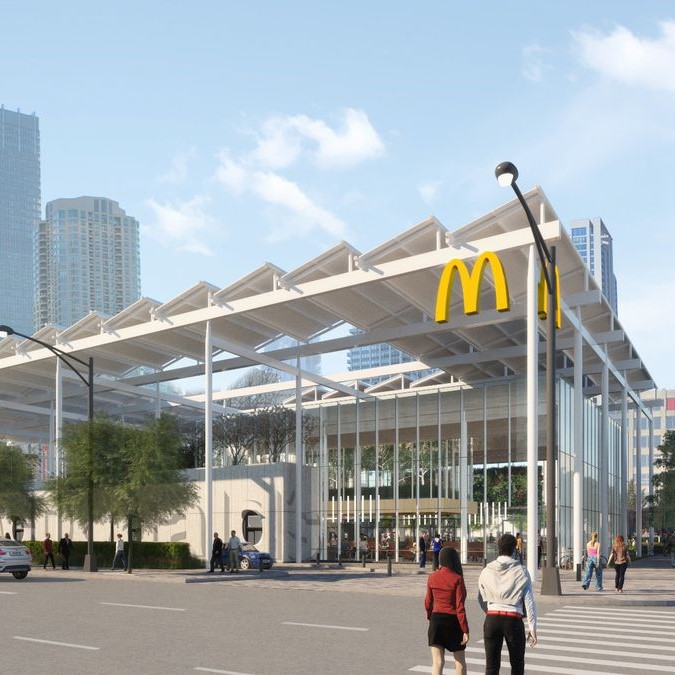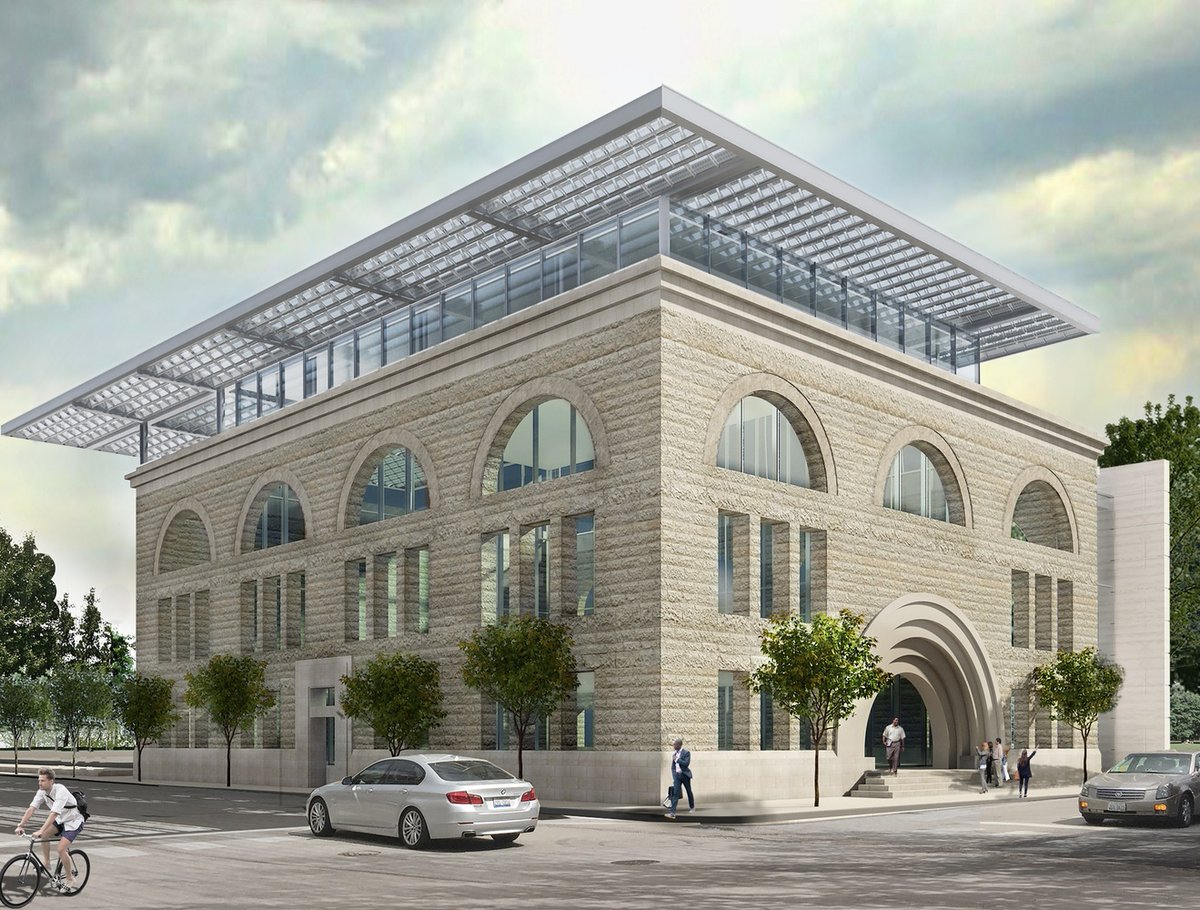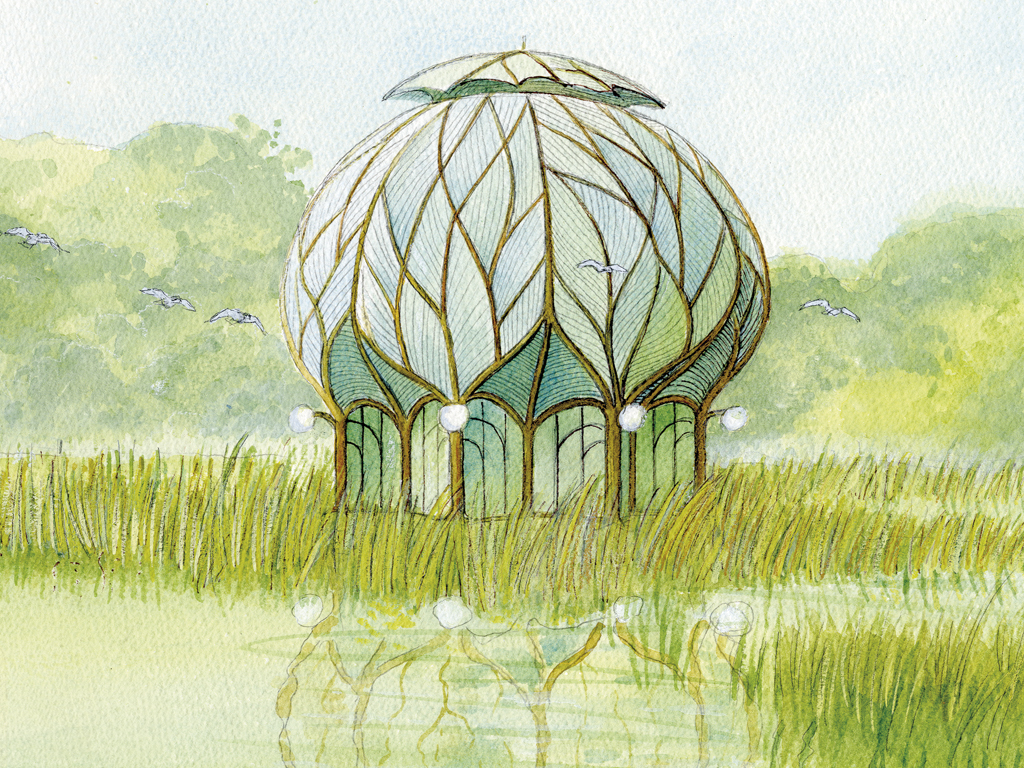Do you remember, a number of years ago, the tempest about LEED and energy use? LEED is a voluntary rating system, like a scorecard, where points are earned for different sustainability characteristics. It's serious, in the sense that it requires tons of documentation by the design team. It's criticized for a variety of reasons, especially because the points are mostly earned cafeteria-style, meaning the project team can pick-and-choose which sustainability measures to prioritize or ignore.
In 2009, Henry Gifford, a mechanical systems designer, brought a lawsuit against the US Green Building Council, contending that LEED-certified buildings were advertised as energy-efficient but in reality were not. He lost the suit, however the episode established a perception that it's common for LEED-certified buildings to be energy hogs. Lloyd Alter coined the phrase LEEDwashing. (He also defended LEED and called Gifford "nuts.") In Fine Homebuilding, Kevin Ireton asked "Is LEED a Fraud?" Fast Company joined the chorus.
So, nine years later, does LEED deliver energy-efficient buildings? Here's some new information, from an article in the journal Buildings. The article is called "Assessment of Energy Credits in LEED-Certified Buildings Based on Certification Levels and Project Ownership," by Asli Pelin Gurgun and David Arditi. Buildings has an exceptionally rigorous review process.
Gurgun and Arditi analyzed the credits earned by 1500 US buildings which achieved Silver-or-above under LEED-NC 2009.
Most pertinent is LEED credit EA1: "Optimizing Energy Performance." Projects could earn a maximum of 19 points. In essence, the project earns a point for being 12% more energy-efficient than code, plus another point for each additional 2% increment. For the 1500 projects in Gurgun and Arditi's data set:
● The projects in aggregate earned 54% of the points in this category
● Platinum projects earned 94%
● Gold projects earned 62%
● Silver projects earned 41%
● The average was 10.2 points earned, which corresponds to 30% energy savings
● 15 projects, out of 1500, earned 0 points
The authors conclude that energy efficiency points are well-used because typical strategies "are not difficult to implement" and because cost savings "is one of the primary drivers" for owners.
My quick reaction? Not bad! For Platinum buildings in particular, you can rest easy that energy efficiency has been prioritized in the design process.
Now, critics of LEED will surely point out a couple of things. First, this study did not include buildings which achieved the lowest level of certification (LEED-Certified), so some of those buildings are likely to be average performers in energy use. Second, this paper only examines credits achieved, and these are achieved by energy modeling, not actual energy performance. As I've discussed before, User Behavior can profoundly affect the results.
In that vein, it's also worth looking at LEED credit EA5: "Measurement and Verification," which asked buildings to install metering equipment, measure energy use, and compare against the predicted values. 3 points could be earned. For credit EA5, Gurgun and Arditi found:
● All projects in aggregate earned 34% of the points
● Platinum projects earned 66%
● Gold projects earned 36%
● Silver projects earned 28%
● More than half of projects (830 out of 1500) earned 0 points
(In LEED v4 this is revised and called "Advanced Energy Metering.")
My quick reaction? Not good! The authors speculate that these credits are avoided because they are costly.
So—again—does LEED deliver energy-efficient buildings? Unfortunately the answer remains inconclusive.
● ● ●
A final note: While most LEED critics argue that the rating system is not rigorous and susceptible to 'washing', in my 2011 article "The Limitations of LEED: A Case Study" (with Keith Hedges), I concluded that some early LEED projects were likely to be underscored, because the documentation process was opaque, difficult, and often assigned to an intern.


